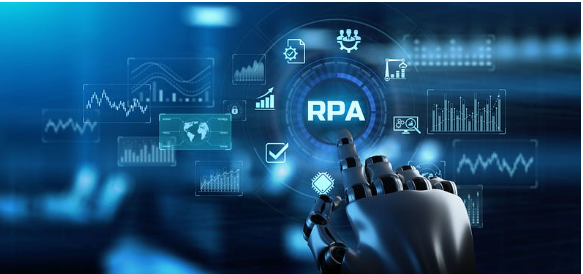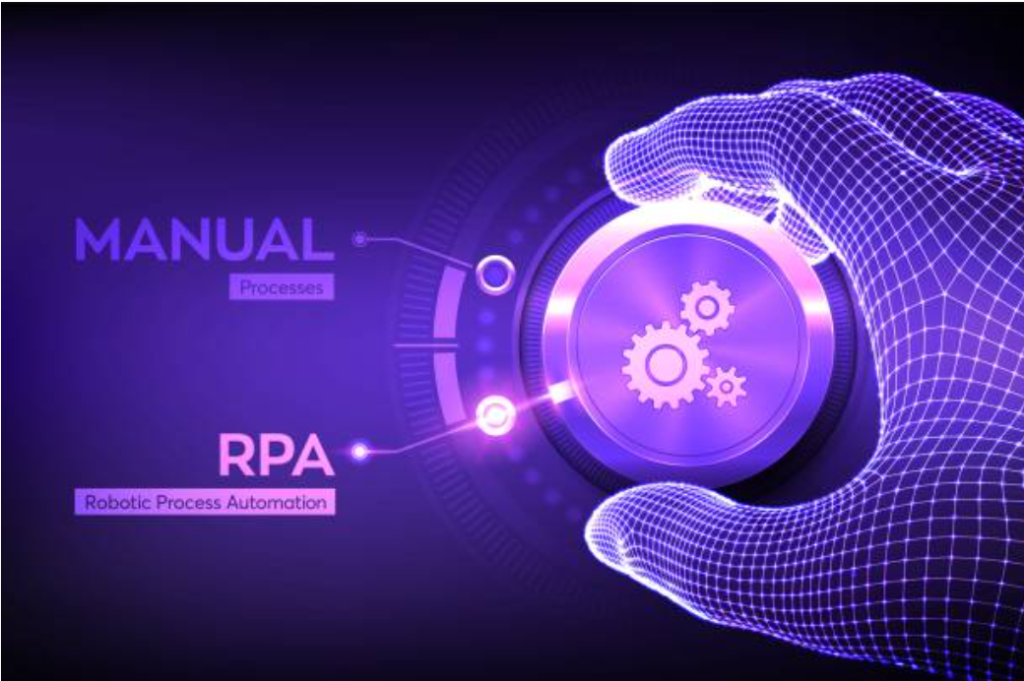
Businesses are continually exploring innovative technologies to streamline operations, save time, and maintain a competitive edge. Robotic Process Automation (RPA) and Data Science have emerged as transformative solutions, automating repetitive tasks, extracting valuable insights, and enabling data-driven decision-making.
This blog delves into these powerful technologies, illustrating their impact with real-world examples of how companies leverage RPA and Data Science for predictive maintenance, fraud detection, and automated reporting.
What is RPA?
Imagine having a virtual assistant that handles repetitive, time-consuming tasks so humans can focus on strategic work. Instead of manually copying data or processing invoices, businesses use RPA—software robots that complete these tasks with speed, accuracy, and efficiency.
Real-World Use Cases:
- Finance: Automating invoice processing to reduce errors and speed up approvals.
- Customer Support: Extracting and organizing customer data from emails to improve response times.
- Human Resources: Filling out forms and updating employee records without manual intervention.
What is Data Science?
Data Science is the practice of collecting, analyzing, and interpreting data to solve problems and drive decision-making. It helps businesses predict trends, understand customer behavior, and optimize processes using machine learning and statistical models.
Real-World Use Cases:
- Retail: Analyzing sales data to forecast demand and optimize inventory.
- Marketing: Using machine learning to predict customer churn and improve retention strategies.
- Supply Chain: Enhancing logistics and operational efficiency with data-driven insights.
When RPA and Data Science are combined, businesses unlock powerful automation solutions that not only perform tasks but also make data-driven decisions.
Why RPA and Data Science Matter in Business
- Time Efficiency: Automates repetitive tasks, freeing employees for strategic work.
- Accuracy: Reduces human errors and ensures reliable insights.
- Cost Savings: Cuts operational expenses by optimizing processes.
- Scalability: Easily adapts to growing business needs and complex tasks.
Now, let’s explore some of the most impactful business applications of RPA and Data Science.
1. Predictive Maintenance
Industries: Manufacturing, Energy, Transportation
Traditional maintenance is either scheduled or reactive—often leading to unnecessary costs or unexpected failures. Predictive maintenance, powered by RPA and Data Science, changes the game by identifying potential issues before they cause breakdowns.
How It Works:
- Data Collection: Sensors on machines track performance metrics like temperature and vibration.
- Data Analysis: AI algorithms identify patterns indicating potential failures.
- Automation with RPA: When an issue is detected, an RPA bot automatically generates a maintenance ticket, alerts the team, and schedules repairs.
Real-World Examples:
- Airlines: Aircraft maintenance teams use predictive maintenance to prevent flight delays and cancellations.
- Manufacturing: Factories monitor production equipment to minimize downtime and extend machine life.
Benefits: ✔ Reduces downtime and maintenance costs ✔ Increases equipment lifespan ✔ Improves operational efficiency
2. Fraud Detection
Industries: Banking, Insurance, E-commerce
Financial fraud is a major challenge, and businesses must act quickly to prevent unauthorized transactions, identity theft, and scams.
How It Works:
- Tracking Transactions: RPA bots collect and monitor real-time transaction data.
- Analyzing Patterns: Machine learning models detect unusual behaviors, such as sudden spending spikes or logins from different locations.
- Taking Action: If fraud is suspected, an RPA bot freezes the account, alerts the customer, and generates a fraud report.
Real-World Examples:
- Banking: Credit card companies use AI to detect fraudulent transactions instantly.
- E-commerce: Online stores flag fake reviews or refund scams using machine learning.
Benefits: ✔ Faster fraud detection ✔ Increased customer trust ✔ Reduced financial losses
3. Automated Reporting
Industries: Finance, Marketing, Healthcare
Businesses generate reports for decision-making, but manual report creation is time-consuming and prone to errors. Automated reporting simplifies the process.
How It Works:
- Data Collection: RPA bots extract data from databases, spreadsheets, and APIs.
- Insight Generation: Data Science models analyze and visualize trends.
- Report Distribution: RPA automatically compiles and emails reports to stakeholders.
Real-World Examples:
- Retail: Automated daily sales reports help store managers track performance.
- Healthcare: Hospitals analyze patient data to optimize care and resource allocation.
Benefits: ✔ Saves employee time ✔ Reduces errors ✔ Enhances decision-making
4. Customer Service Automation
Industries: Retail, Telecommunications, Hospitality
Providing exceptional customer service is crucial, and AI-driven automation improves efficiency while enhancing user experience.
How It Works:
- Chatbots: AI-powered bots answer common queries instantly.
- Ticket Handling: RPA assigns customer inquiries to appropriate teams.
- Personalized Support: Data Science analyzes customer history to offer tailored solutions.
Real-World Examples:
- Telecom: Chatbots handle balance inquiries and troubleshooting.
- E-commerce: Automated order tracking improves customer experience.
Benefits: ✔ Faster response times ✔ Improved customer satisfaction ✔ Lower operational costs
5. Inventory Management
Industries: Retail, Logistics, E-commerce
Efficient inventory management ensures businesses have the right products at the right time.
How It Works:
- Real-Time Tracking: RPA monitors stock levels.
- Demand Forecasting: AI predicts future inventory needs based on past sales trends.
- Automated Reordering: RPA places restock orders when inventory runs low.
Real-World Examples:
- Supermarkets: AI predicts product demand during holidays and ensures shelves remain stocked.
- Pharmaceuticals: Pharmacies optimize medicine stock to avoid shortages.
Benefits: ✔ Prevents stockouts and overstocking ✔ Reduces storage costs ✔ Enhances customer experience
Getting Started with RPA and Data Science
If you’re new to these technologies, follow these steps to get started: ✅ Learn the Basics: Explore RPA tools like UiPath or Automation Anywhere and foundational Data Science concepts. ✅ Start Small: Automate simple tasks and experiment with basic data analysis. ✅ Practice Hands-On: Use free tools like Python and RPA trial versions for real-world applications. ✅ Join Communities: Engage in online forums, courses, and industry discussions.
Conclusion
RPA and Data Science are transforming the way businesses operate, from predictive maintenance to fraud detection and customer service automation. By leveraging these technologies, companies can improve efficiency, reduce costs, and gain a competitive edge.
The best part? You don’t need to be a tech expert to start! By identifying key business needs and exploring beginner-friendly tools, you can unlock the full potential of automation and data insights.
🚀 Are you ready to future-proof your business with RPA and Data Science?

